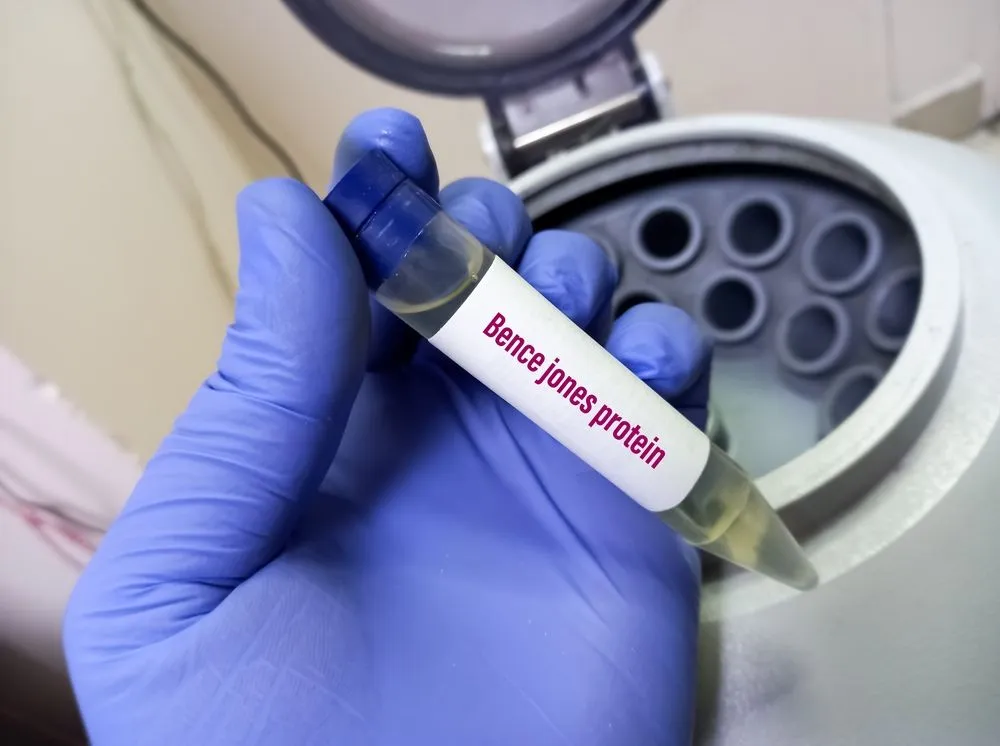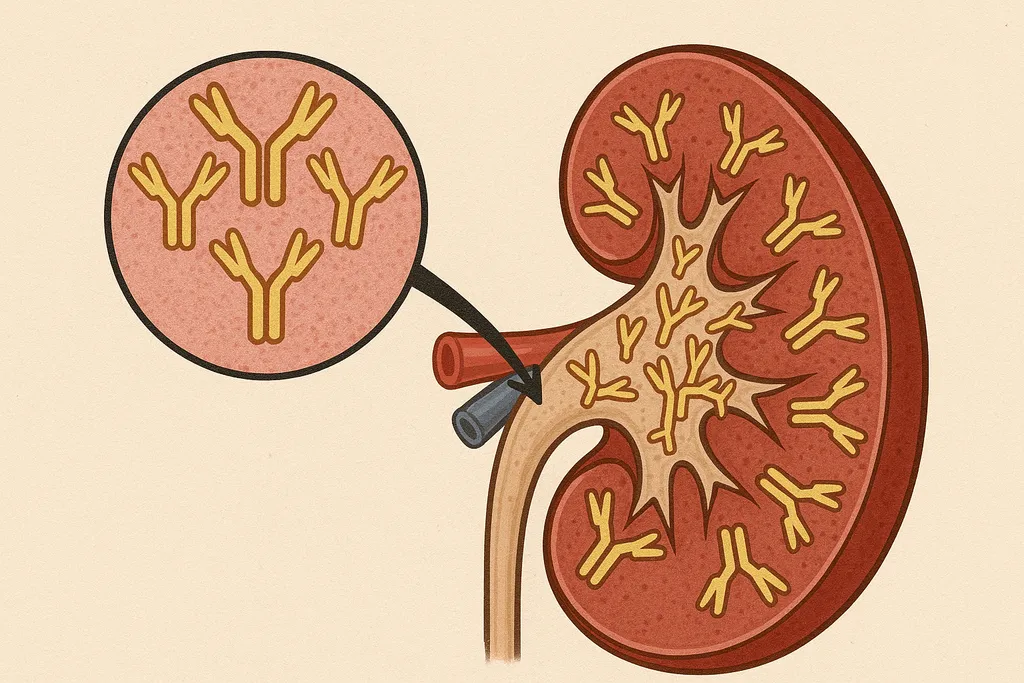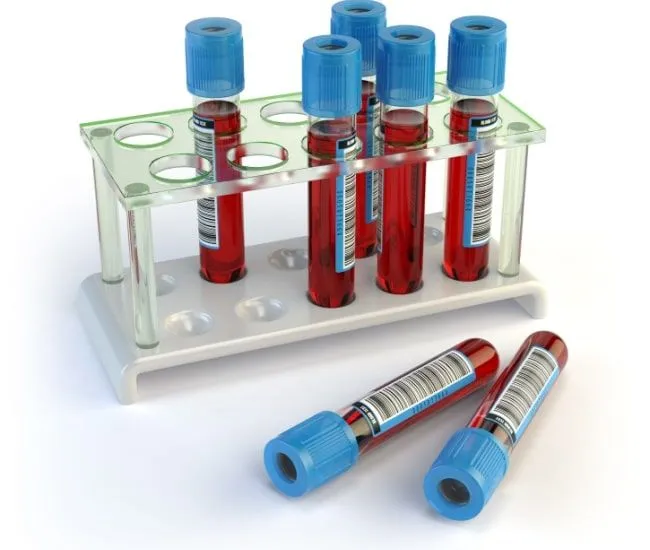What is a "Line" of Therapy in Multiple Myeloma?

But with myeloma therapy typically given in combinations, what does a "line" include? It was confusing even for myeloma experts like Vincent Rajkumar, MD (Mayo Clinic), Paul Richardson, MD (Dana Farber Cancer Institute) and Jesus San Miguel, MD, PhD (University of Navarra, Spain) better to define the criteria in an article published by the American Society of Hematology.
What is a "single line" of therapy?
One line of therapy consists of any of the following:
- One complete cycle of a single drug
- A combination of several drugs (for example Revlimid/Velcade/dex)
- A planned sequence of therapies (for example 6 cycles of induction therapy with Revlimid/Velcade/dex, a stem cell transplant and lenolidomide maintenance)
Seems like a lot of therapy for one line, right? But it's still considered one line of therapy.
What is a "new line" of therapy?
A new line of therapy would be considered:
- Starting a new combination or myeloma treatment if you have stopped all drugs in the prior line of treatment.
- The unplanned addition or substitution of one or more drugs in the existing regimen. For example, if you were on a triple combination and the lenalidomide portion stopped working and you started on pomalidomide instead, this would be considered a new line of therapy.
- An additional stem cell transplant if the second transplant was not part of a tandem transplant plan.
- If a regimen is interrupted or discontinued for any reason, and then restarted at a later time point but one or more other regimens were administered in between, or the regimen is modified through the addition of one or more agents, then it should be counted as two lines.
Examples of "New"Lines of Therapy:
Lenalidomide plus low-dose dexamethasone (RD) as initial therapy, and due to inadequate response, bortezomib is added (RVD): This is counted as 2 lines.
Toxicity with lenalidomide plus dex as pre-transplant induction, and therefore treatment is switched to bortezomib, cyclophosphamide, and dexamethasone (VCD): RD is counted as 1 line; VCD (and subsequent planned SCT) is line 2.
Post-transplant observation without maintenance, and then, due to paraprotein rise 6 months later, lenalidomide is started, which is not planned maintenance; hence, lenalidomide will be considered as a new line.
What is NOT considered a new line of therapy?
- If a regimen is interrupted or discontinued for any reason and the same drug or combination is restarted without any other intervening regimen, it should be counted as a single line.
- Changing the dose of an existing medication is not considered a new line of therapy.
If you have other questions on what may qualify you for specific clinical trials, ask your doctor or nurse about your prior lines of therapy. Staying informed is a smart way to get the most out of your treatment.
Unlock Personal Insights Into Your Diagnosis for Free with HealthTree Cure Hub
By securely connecting your electronic health records, HealthTree Cure Hub allows you to discover treatment options, find a specialist, keep track of your disease, and so much more! Sign up for a free patient account today to get started.
But with myeloma therapy typically given in combinations, what does a "line" include? It was confusing even for myeloma experts like Vincent Rajkumar, MD (Mayo Clinic), Paul Richardson, MD (Dana Farber Cancer Institute) and Jesus San Miguel, MD, PhD (University of Navarra, Spain) better to define the criteria in an article published by the American Society of Hematology.
What is a "single line" of therapy?
One line of therapy consists of any of the following:
- One complete cycle of a single drug
- A combination of several drugs (for example Revlimid/Velcade/dex)
- A planned sequence of therapies (for example 6 cycles of induction therapy with Revlimid/Velcade/dex, a stem cell transplant and lenolidomide maintenance)
Seems like a lot of therapy for one line, right? But it's still considered one line of therapy.
What is a "new line" of therapy?
A new line of therapy would be considered:
- Starting a new combination or myeloma treatment if you have stopped all drugs in the prior line of treatment.
- The unplanned addition or substitution of one or more drugs in the existing regimen. For example, if you were on a triple combination and the lenalidomide portion stopped working and you started on pomalidomide instead, this would be considered a new line of therapy.
- An additional stem cell transplant if the second transplant was not part of a tandem transplant plan.
- If a regimen is interrupted or discontinued for any reason, and then restarted at a later time point but one or more other regimens were administered in between, or the regimen is modified through the addition of one or more agents, then it should be counted as two lines.
Examples of "New"Lines of Therapy:
Lenalidomide plus low-dose dexamethasone (RD) as initial therapy, and due to inadequate response, bortezomib is added (RVD): This is counted as 2 lines.
Toxicity with lenalidomide plus dex as pre-transplant induction, and therefore treatment is switched to bortezomib, cyclophosphamide, and dexamethasone (VCD): RD is counted as 1 line; VCD (and subsequent planned SCT) is line 2.
Post-transplant observation without maintenance, and then, due to paraprotein rise 6 months later, lenalidomide is started, which is not planned maintenance; hence, lenalidomide will be considered as a new line.
What is NOT considered a new line of therapy?
- If a regimen is interrupted or discontinued for any reason and the same drug or combination is restarted without any other intervening regimen, it should be counted as a single line.
- Changing the dose of an existing medication is not considered a new line of therapy.
If you have other questions on what may qualify you for specific clinical trials, ask your doctor or nurse about your prior lines of therapy. Staying informed is a smart way to get the most out of your treatment.
Unlock Personal Insights Into Your Diagnosis for Free with HealthTree Cure Hub
By securely connecting your electronic health records, HealthTree Cure Hub allows you to discover treatment options, find a specialist, keep track of your disease, and so much more! Sign up for a free patient account today to get started.
about the author
Jennifer Ahlstrom
Myeloma survivor, patient advocate, wife, mom of 6. Believer that patients can contribute to cures by joining HealthTree Cure Hub and joining clinical research. Founder and CEO of HealthTree Foundation.
More on Core Education
Trending Articles
Upcoming Events




Get the Latest Multiple Myeloma Updates, Delivered to You.
By subscribing to the HealthTree newsletter, you'll receive the latest research, treatment updates, and expert insights to help you navigate your health.
Together we care.
Together we cure.
3x Faster.













